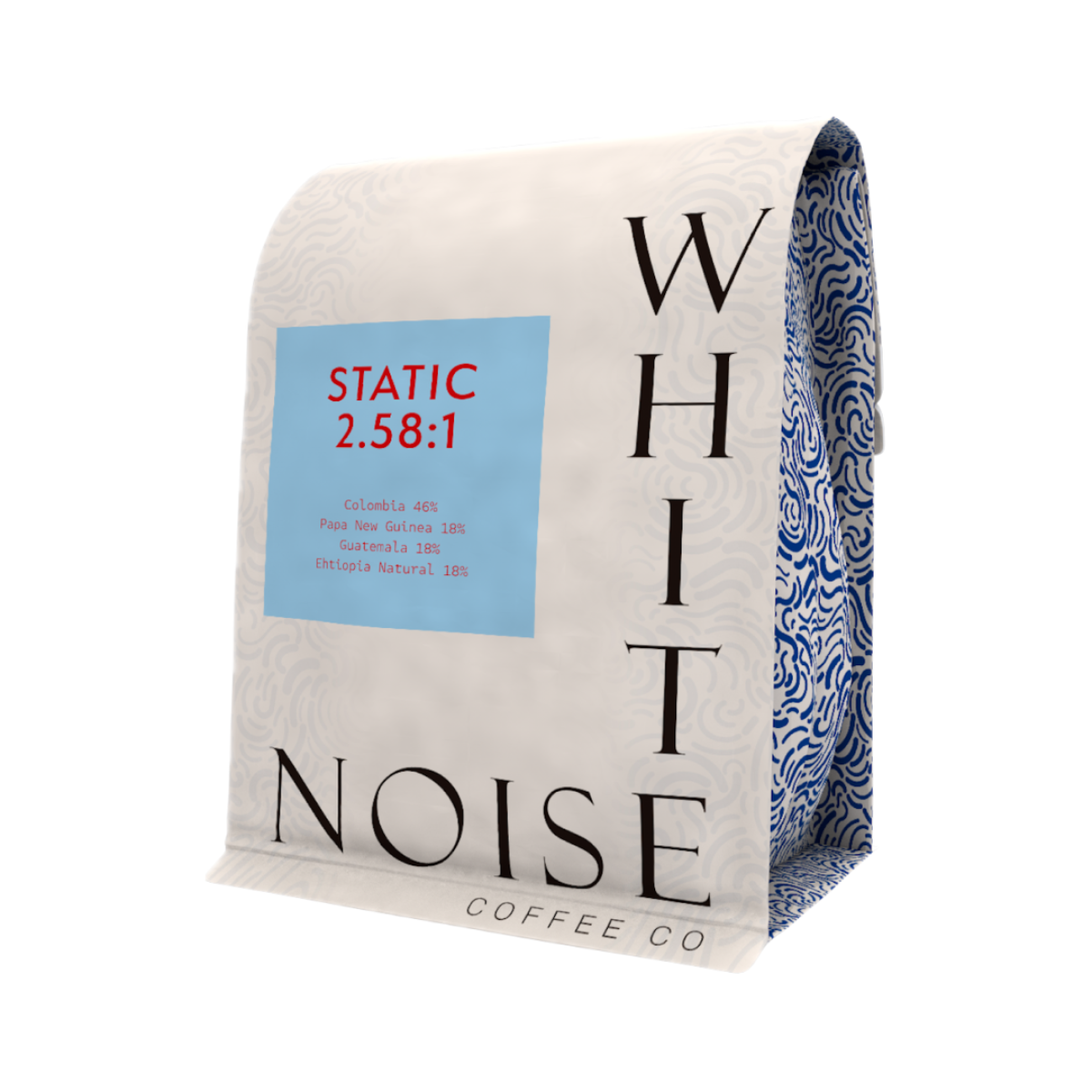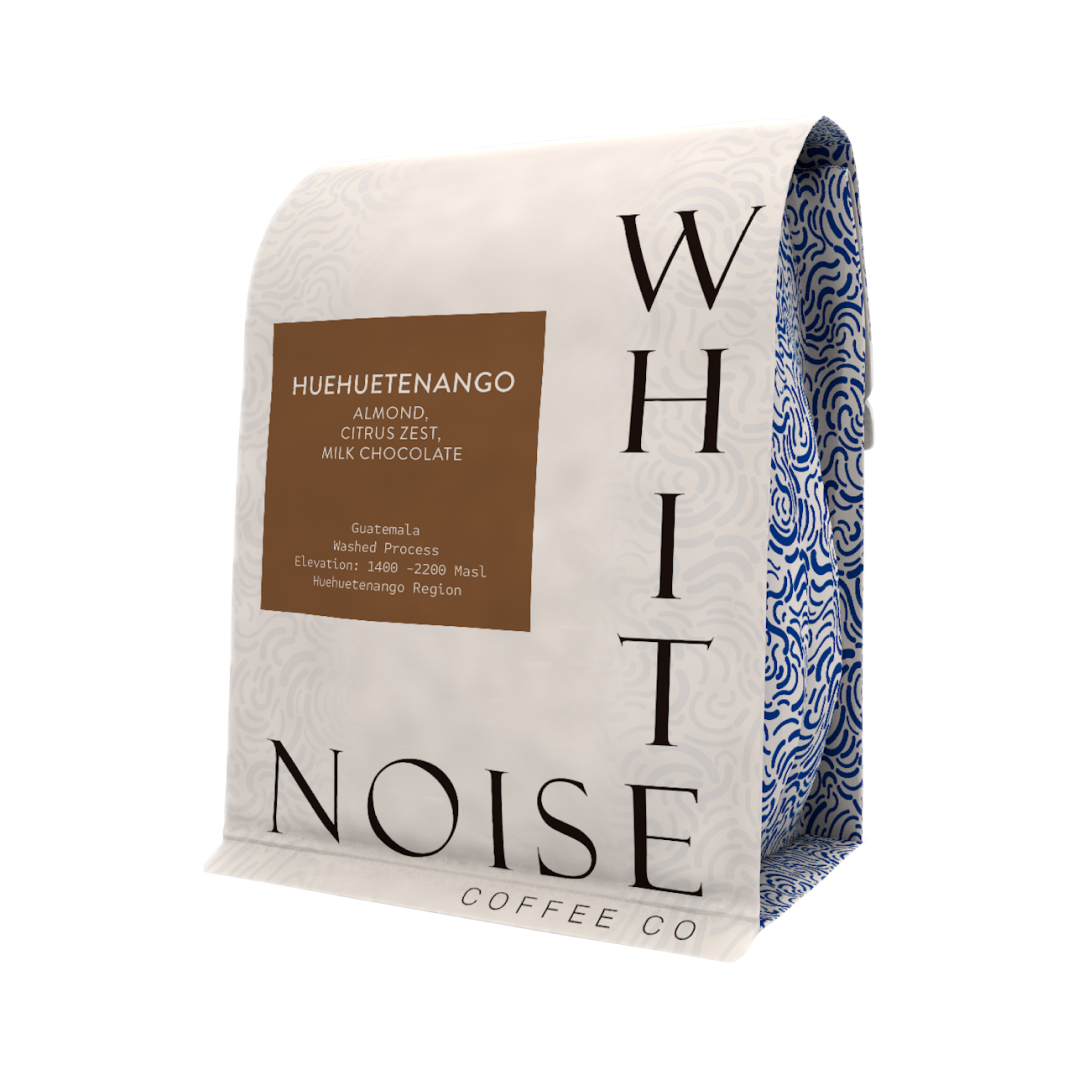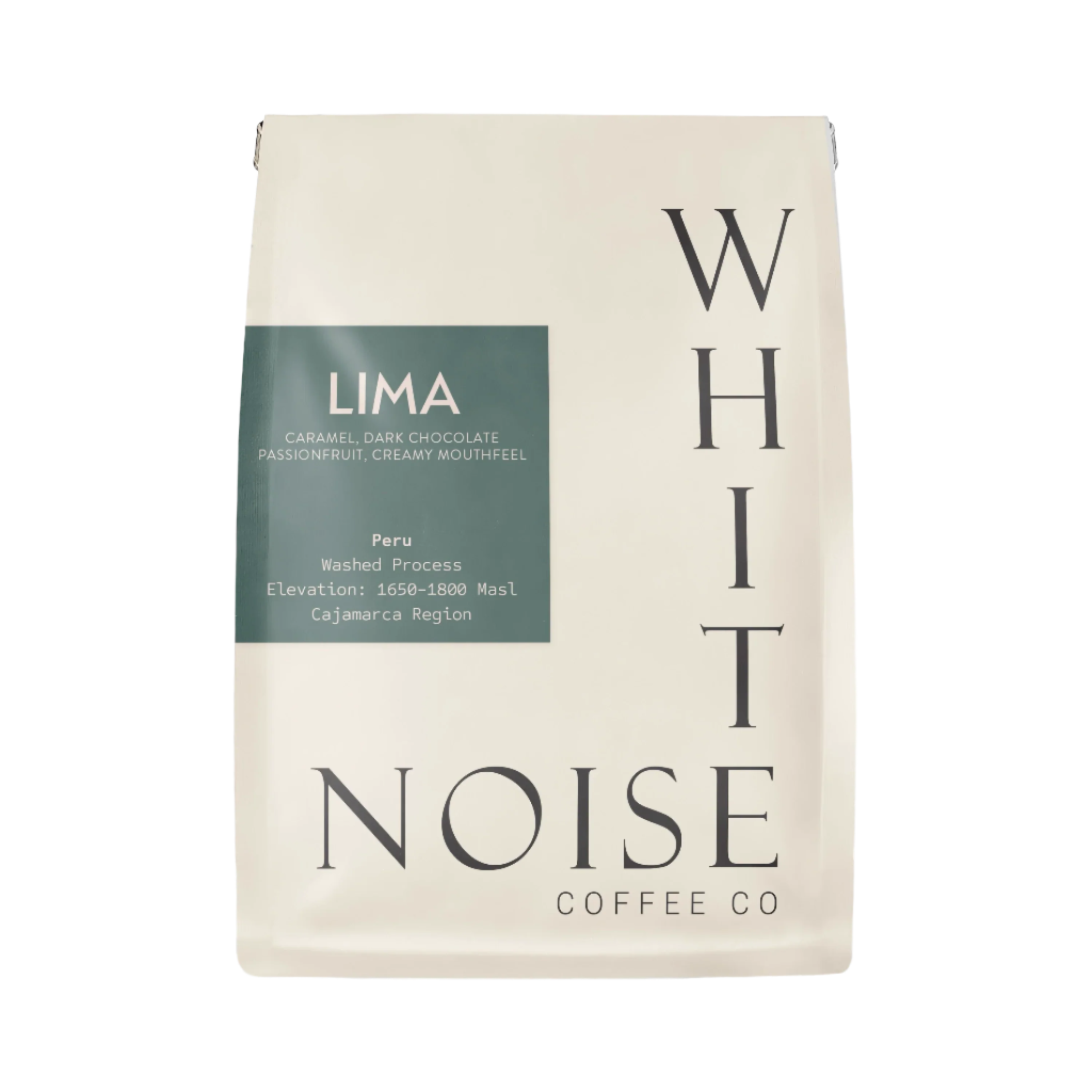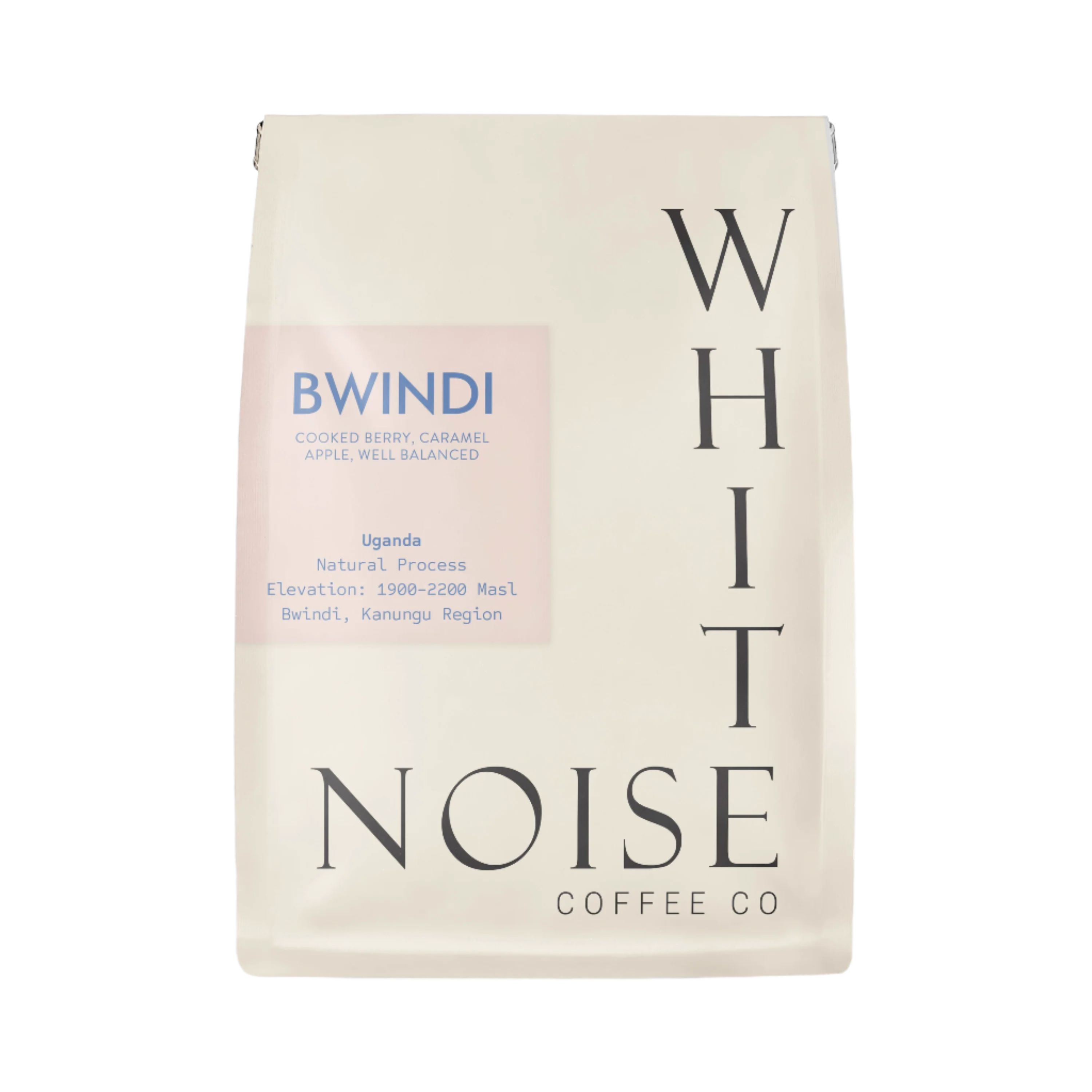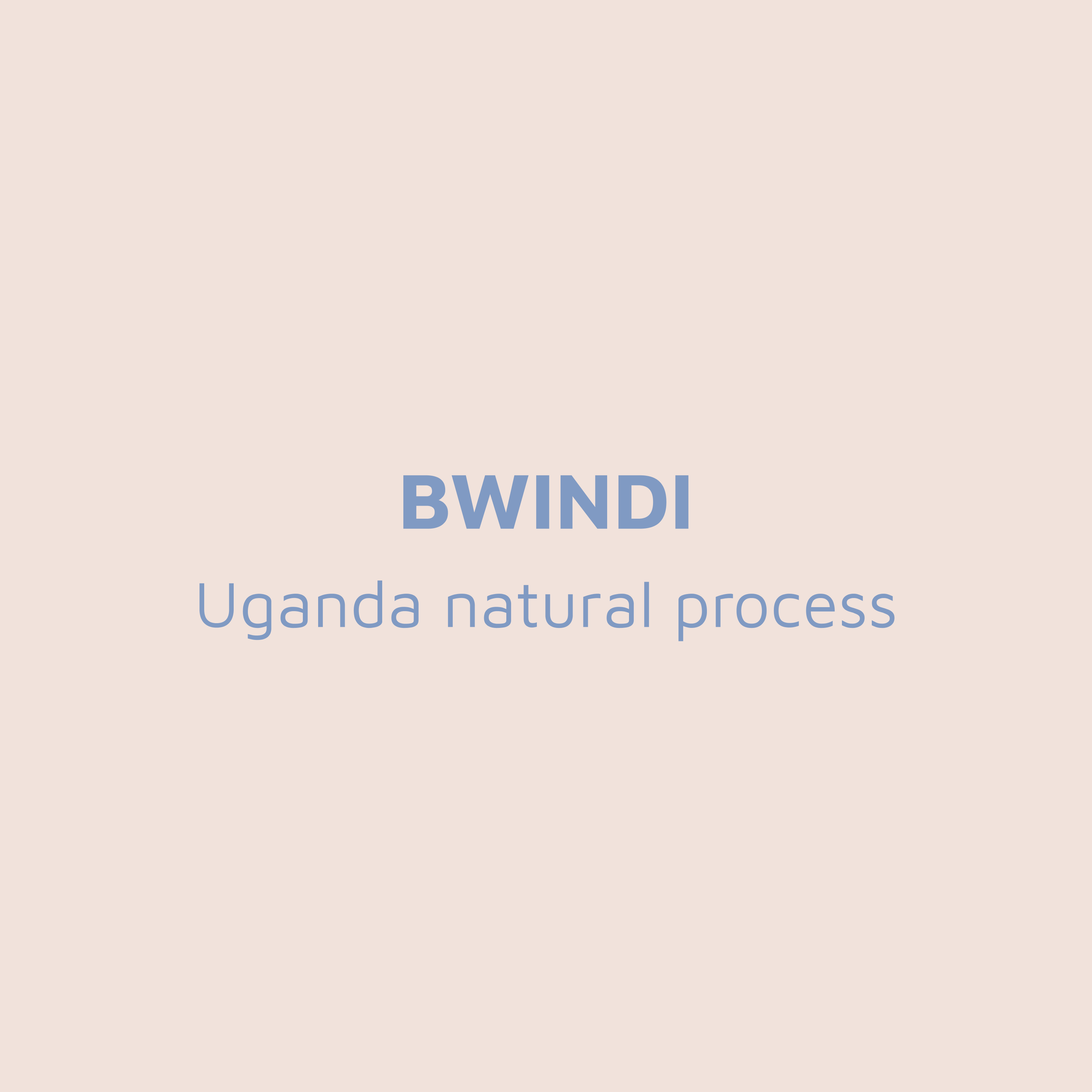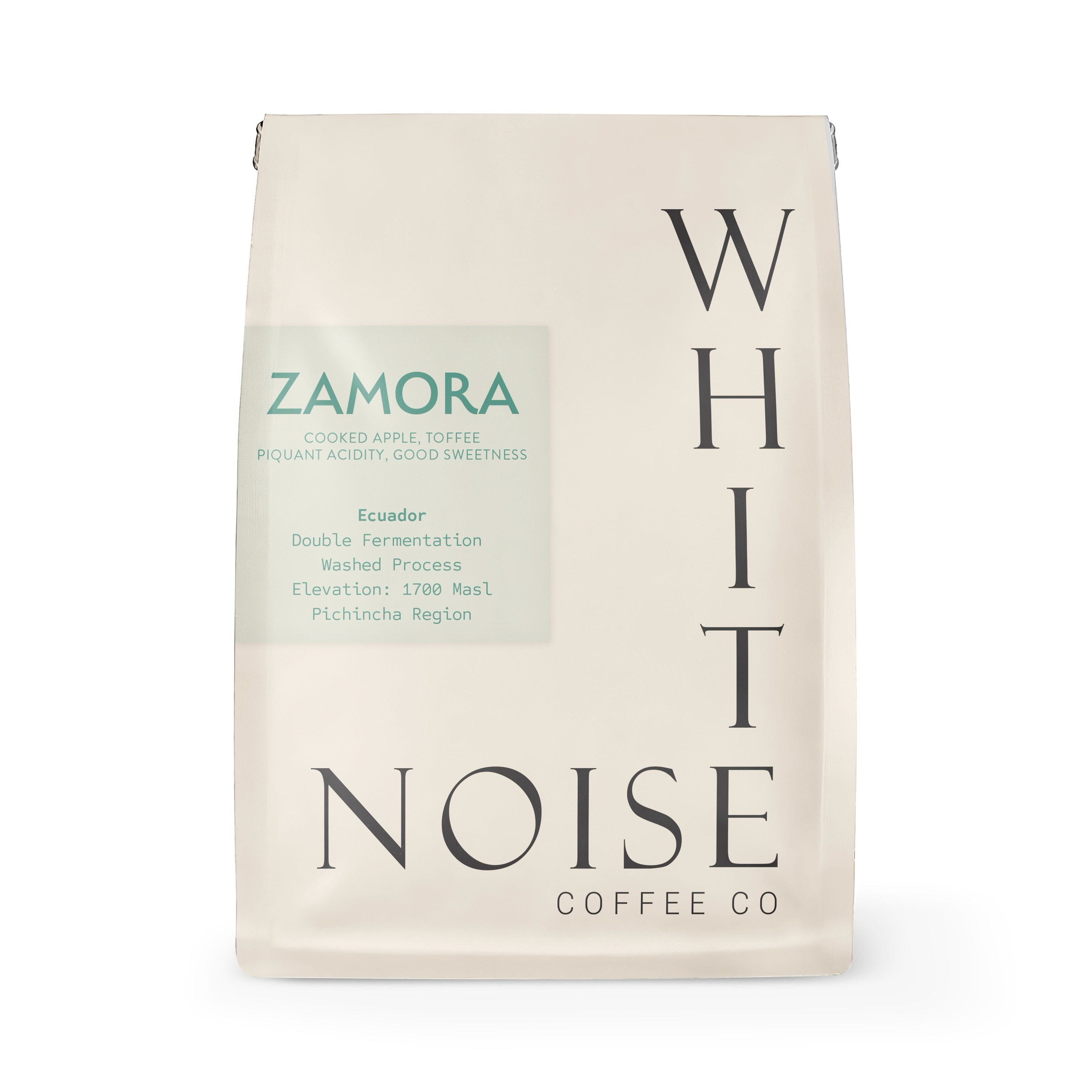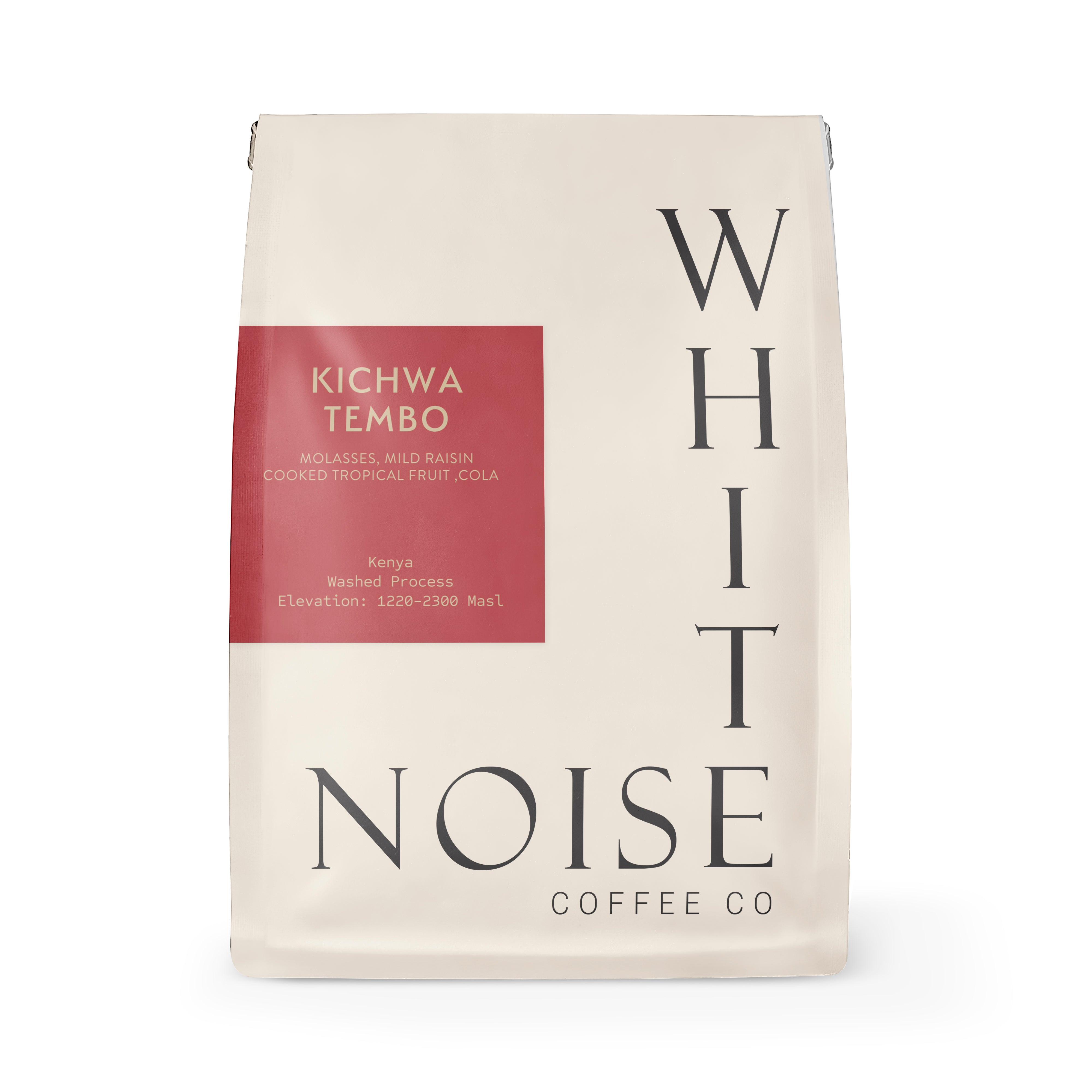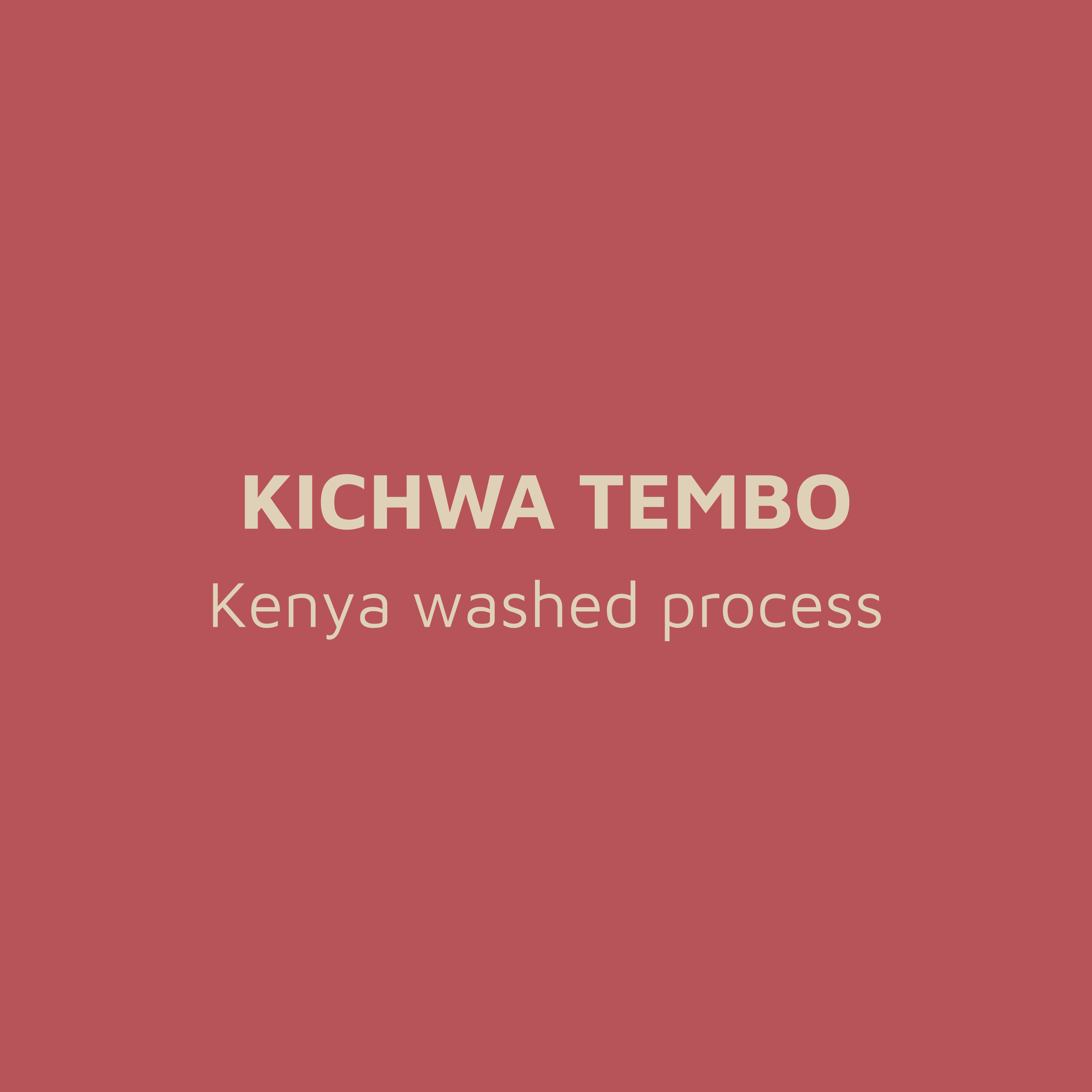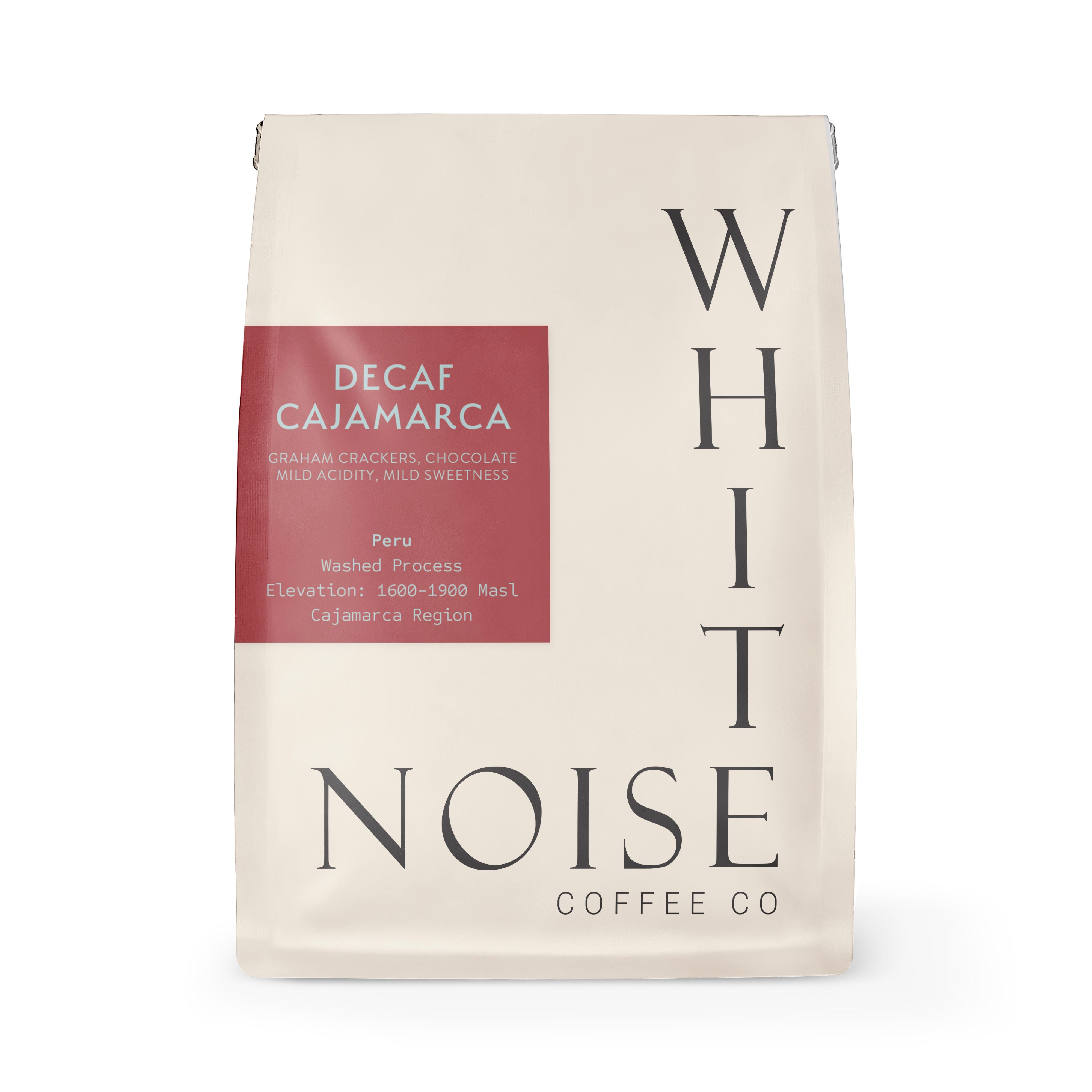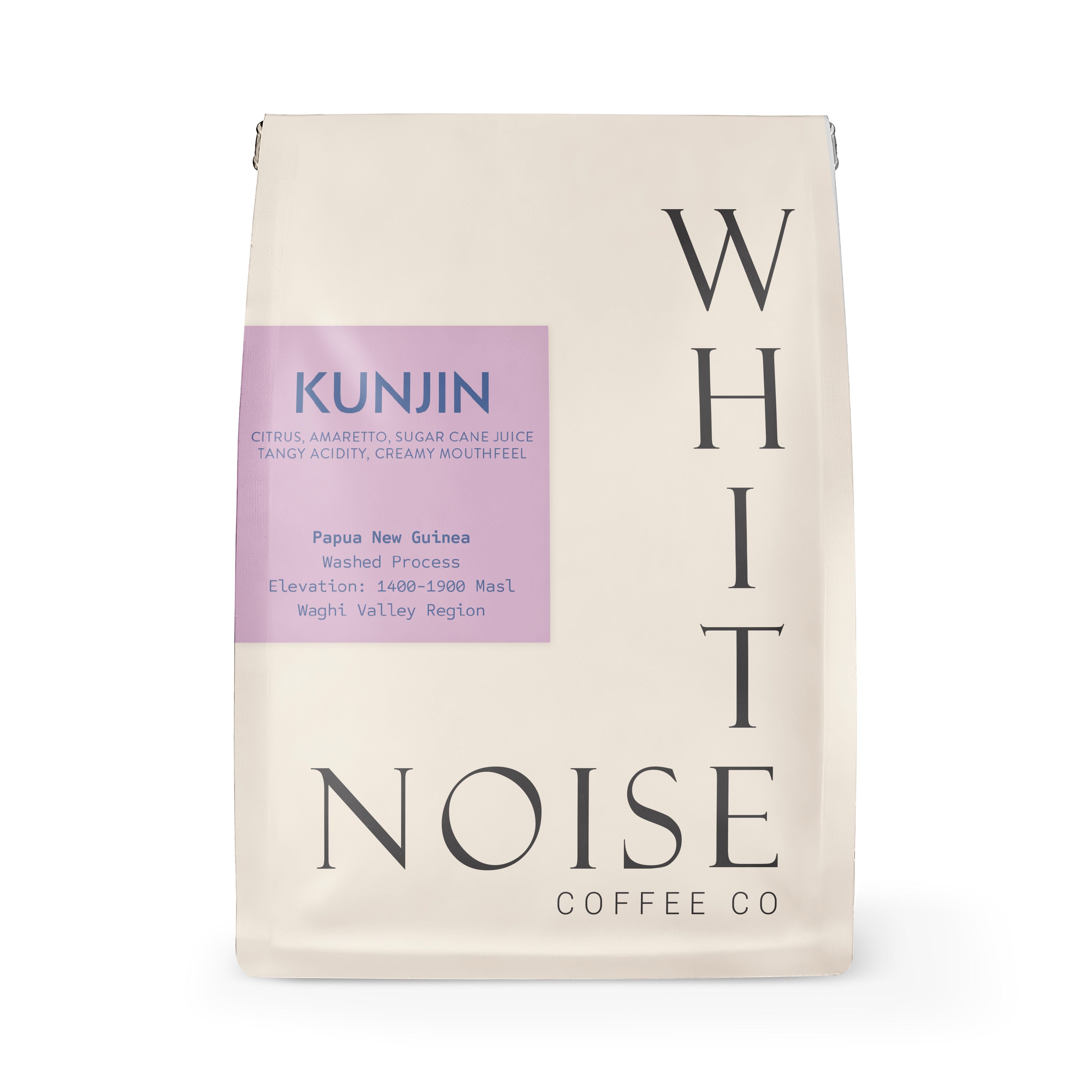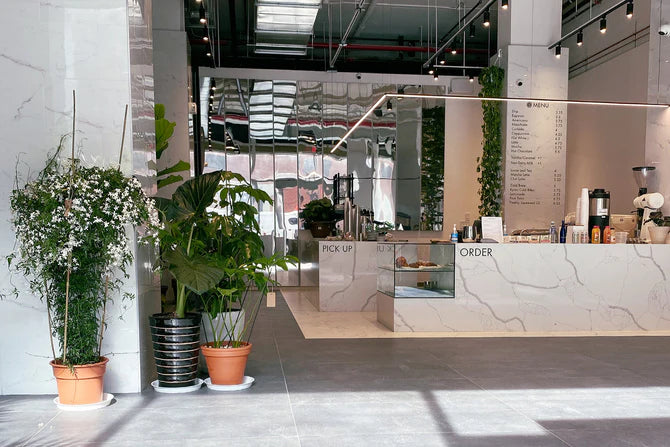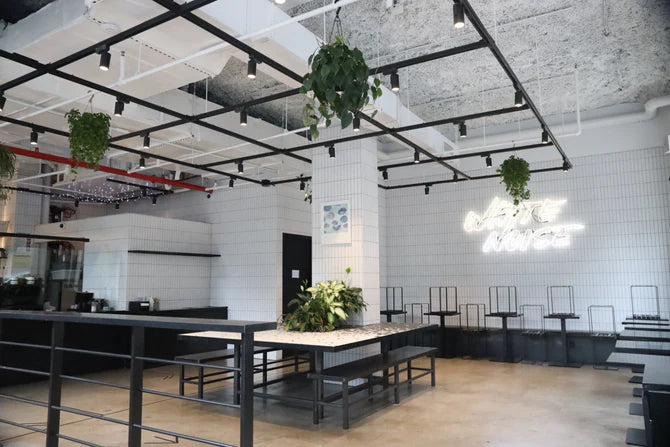How to Grind Coffee Like a Pro: Tips for Getting It Just Right
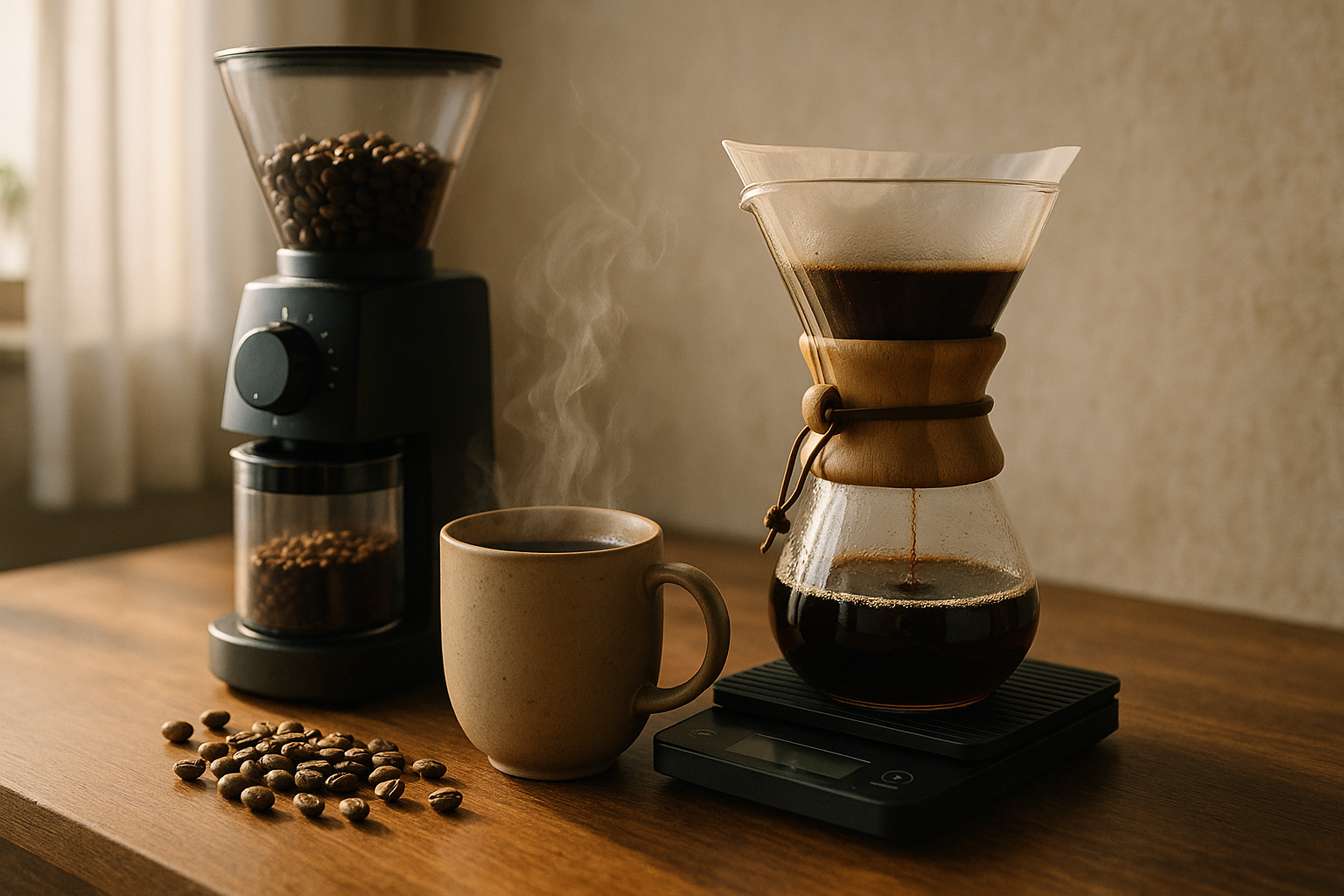
1. Introduction
Ever brewed a cup of coffee at home that just didn’t taste quite right even though you used quality beans and followed all the steps, especially grinding the beans? The missing piece might just be how you're grinding just before you brew your coffee machine. Grinding your coffee beans at home can enhance the flavor compared to using coffee beans with a mortar.
Grinding coffee properly is the not-so-secret weapon to transforming your average cup into a coffee shop–quality brew. It's not just about breaking down beans it's about unlocking flavor, aroma, and balance with every sip.
This guide is here to help you find the best way to grind your coffee beans for optimal flavor. Grind coffee like a pro, right from your coffee shop kitchen, using finely ground coffee for optimal extraction. Whether you have a grinder or not, you’ll learn the what, why, and how of coffee grinding to get the best flavor possible.
Tools you’ll need:
-
Whole coffee beans
-
A grinder (manual or electric) is essential for coffee enthusiasts
-
Basic knowledge of your preferred brewing method
-
(Optional) Scale and storage container for your grinder at home
If you’re still looking for high-quality beans to practice with, consider visiting local coffee roasters. White Noise Coffee’s freshly roasted selections are perfect for experimenting with different grind sizes—and a great place to start. The right beans and the right grind? Now you’re brewing with intention.

2. Why Grinding Coffee Matters
Grinding your coffee isn’t just one of the steps in brewing it’s the buying coffee is the gateway to unlocking flavor. If you’re using amazing beans but the grind is off, your brew won’t taste the way it should, resulting in a bitter cup of coffee. In fact, grinding the beans can significantly enhance the flavor. Grinding is where a lot of home brewers either elevate or accidentally sabotage their cup of fine coffee could be improved with the right grind, as coffee enthusiasts know. Here's why it matters so much:
Freshness = Flavor
As soon as coffee beans are ground, they start to lose their vibrancy. That’s because grinding your coffee beans affects the flavor and aroma. Grinding the beans exposes the inner parts of the bean to oxygen, kicking off a process called oxidation. In simple terms: the flavor and aroma begin to fade fast.
Whole beans can stay fresh for weeks when stored properly, but ground coffee? It starts to go stale within minutes. Those fragrant oils you smell right after grinding the beans? They're escaping and with them goes much of the depth, sweetness, and character of your coffee when you buy coffee.
If you've ever wondered why a pre-ground cup seems flat or dull compared to a freshly ground one, this is the reason: the coffee grind size matters, and grind is best for flavor. Grinding fresh gives you access to all the beautiful aromas and subtle flavors, especially when using the best coffee beans. Your bag of coffee has to offer grind is best.
Barista Tip: Always ensure your grind is best for the brewing method you choose. Want more aromatics in your cup? Grind just before brewing and take a deep inhale, it’s part of the experience.
Grind Size = Extraction Control
Beyond freshness, grind size is the secret to brewing balanced coffee. It determines how long the water stays in contact with the grounds and that affects how much flavor is extracted.
-
Too coarse? The water flows through too quickly. The result? A weak, sour, or under-extracted brew.
-
Too fine? The water lingers too long, pulling out too much from the beans, including bitter compounds.
That’s why using the right grind size for your coffee is essential when you buy coffee. Specific brew method grinding coffee beans is so important for achieving the best flavor. Each method like French press, pour-over, espresso relies on a particular contact time and flow rate to extract flavor just right.
Think of it like pasta: the right size of the grind can dramatically affect the flavor.
Overcooked = mushy and lifeless (over-extracted)
Undercooked = hard and unpleasant (under-extracted)
Perfectly cooked? Balanced, satisfying, and flavorful just like your coffee should be.
3. Types of Coffee Grinders
Not all grinders are created equal when it comes to achieving the best coffee beans. Here’s a quick breakdown:
Blade Grinders
-
Pros: Using a conical burr grinder include better consistency in grind sizes, especially when you buy coffee. Affordable, easy to find.
-
Cons: Pre-ground coffee often lacks the freshness that comes with grinding your coffee beans right before brewing. Inconsistent grind = unpredictable flavor, especially if you're using a burr coffee grinder, so make sure your grind is best.
-
Best For: Those who appreciate the nuances of grind size and texture. Beginners or budget brewers.
Tip: Pulse your blade grinder instead of holding it down. It helps avoid overheating the beans.
Burr Grinders (Flat vs. Conical)
-
Pros: Precise, consistent grind sizes are crucial for making coffee that tastes great.
-
Cons: Pricier electric coffee grinders (but worth it!) often produce a fine grind for better flavor extraction.
-
Best For: Anyone serious about great coffee.
-
Conical Burrs: Slightly quieter, more common freshly ground coffee beans.
-
Flat Burrs: Commonly used in conical burr grinders for consistent coffee grinding, providing the right size of the grind for various brewing styles. More uniform grind sizes, often found in commercial setups, can be achieved with electric coffee grinders.
Manual vs. Electric
-
Manual coffee grinders can be effective, especially for those who enjoy grinding specialty coffee at home. Great for travel or small kitchens; slower but quiet.
-
Electric grinders can help you achieve a consistent medium grind, ideal for brewing with a moka pot or for coffee for espresso. Fast, consistent, great for daily brewers who use a blender for their coffee grind.
Looking for a solid starter burr grinder? Reputable brands like Baratza or Fellow make options praised by home brewers and pros alike for those who buy coffee.
4. Understanding Grind Sizes
Different brew methods = different grind sizes. Here's your go-to chart for how to grind coffee beans without a grinder, including methods to grind the coffee beans with a mortar.
| Brew Method | Grind Size | Texture Comparison |
|---|---|---|
| Cold Brew | Extra Coarse | Like Peppercorns (whole bean coffee can be ground to use a coarse grind for French press coffee) |
| French Press | Coarse | Sea Salt (often used to enhance the flavor of brewed coffee) |
| Chemex | Medium-Coarse | Rough Sand Grind (best for a coarser brew method like French press) |
| Drip Machine (often found in local coffee shops) | Medium | Regular Sand (texture similar to a medium grind used for brewing coffee) |
| Aeropress | Medium-Fine (perfect grind size for many brewing methods, including automatic drip coffee makers) | Table Salt |
| Espresso | Fine | Powdered Sugar |
| Turkish Grind (best for achieving a rich flavor in your coffee) | Extra Fine Grind (often preferred for pour over coffee) | Flour |
Pro Tip: If your brew is tasting off, check your grind before anything else. Too fine? You’ll get bitterness. Too coarse? You’ll get watery, weak results.
5. How to Grind Coffee Step-by-Step
Mastering your grind isn’t about being perfect it’s about paying attention to the little things that make a big difference in extracted coffee. Whether you’re brand new to coffee or a home brew enthusiast leveling up your routine, here’s a simple, step-by-step breakdown to help you grind like a pro.
Step 1: Choose Your Beans
Before you even power up your grinder, it all starts with your beans. Coffee is a fresh food product, and the quality of your beans directly influences your flavor. Look for whole beans that are freshly roasted are best for achieving the ideal coffee grind size they’ll give you the full range of aromas and nuanced flavors that ground coffee just can’t offer.
If you’re still searching for your go-to roast, consider trying different grind sizes for your turkish coffee. White Noise Coffee’s curated selection. Their beans are roasted in small batches, which means you get freshness and flavor at its peak—perfect for grinding just before brewing. Whether you prefer a mellow medium roast or a bold dark roast, your grind will shine brightest when it starts with beans that are thoughtfully sourced and roasted.
Barista Tip: Always check the roast date on the bag of whole bean coffee. Fresh is best, but give the beans 3–7 days to rest post-roast for peak flavor when you buy coffee!
Step 2: Select Your Grinder & Setting
Choosing the right grinder can feel like a big decision, but here’s the good news you don’t need fancy equipment to get started. The key is understanding how your grinder works and how to adjust it to suit your brew method.
-
Burr grinders are a popular choice for those who buy coffee regularly (either flat or conical) are the gold standard for consistent, even grinds. They let you control grind size precisely, which helps balance your coffee’s flavor and extraction.
-
Blade grinders are more accessible and budget-friendly, but they tend to create uneven particles. To get the best result, grind in quick pulses, shake the grinder between bursts, and avoid over-processing.
Choose a grind setting that matches your brewing method to ensure you get the perfect medium-fine grind. For example: when you buy coffee, consider the grind size.
-
Coarse for French press.
-
Medium for drip machines can also be adjusted to a medium-coarse grind for a different brewing method, depending on the coffee tasted.
-
Fine for espresso is the grind that most coffee enthusiasts prefer.
Helpful Hint: Always consider the grind size when you buy coffee. Your grinder doesn’t need to be high-end; even a manual option can work without a coffee grinder. It just needs to match your style and help you get consistent results for your favorite brew method.
Step 3: Measure the Right Amount
Precision makes a big difference in coffee, and one of the best ways to stay consistent is by measuring your coffee grounds properly. While scoops and tablespoons work in a pinch, a digital kitchen scale, a burr coffee grinder offers far better accuracy especially when you start experimenting with different grind sizes or brewing gear, ensuring proper contact with the coffee.
Start with the standard ratio of freshly ground coffee beans to water 1 gram of coffee for every 15–17 grams of water. That usually translates to:
-
1–2 tablespoons of ground coffee use one tablespoon of coffee beans per 6 oz of water for the best brew coffee.
This ratio gives you a solid foundation, and you can fine-tune it based on taste. If your coffee is too strong or too weak, adjust the ratio slightly until it hits your personal sweet spot after you buy coffee.
Pro Tip: Write down your measurements and settings when you find a brew you love, it helps you repeat your best cups with confidence.
Step 4: Grind and Inspect
Now it’s time to bring everything together. Place your beans in the grinder and go slow, don’t just hit “go” and walk away. Whether you’re using a manual grinder, a burr coffee grinder, or a blade model, the goal is always the same: to achieve the perfect grind size and texture, a consistent, even grind.
After grinding, take a moment to inspect the texture:
-
Does it match the grind size you were aiming for?
-
Are the particles relatively uniform?
-
Are there visible clumps or a mix of fine dust and big chunks in your grind coffee beans?
Uneven grounds can cause a mix of bitter and sour flavors in the same cup, as water extracts different parts of the coffee at different speeds. If your grind looks off, don’t worry, adjust your settings or grind technique and try again. Like any craft, this part takes practice, especially for coffee drinkers.
Barista Insight: Even small tweaks to grind size can have a big impact on taste. Don’t be afraid to experiment, you’ll learn with every cup.
Step 5: Store Properly (If You Must)
Freshly ground coffee is incredibly aromatic but those magical oils and flavors don’t last long, especially if using pre-ground coffee. That’s why grinding just before you brew is always the best approach. But if life gets in the way and you need to grind ahead, here’s how to store it the right way:
-
Use an extracted coffee airtight container (preferably opaque to block light).
-
Keep it in a cool, dry place to preserve the freshness of your whole bean coffee. Cool, dark place not the fridge or freezer (moisture can ruin flavor).
-
Avoid opening the container often to minimize exposure to air.
That said, only grind your beans as much as you need when possible. Making grinding part of your morning ritual doesn’t take much time and it guarantees the freshest, most flavorful cup possible.
Worth Knowing: freshly ground coffee beans make a noticeable difference. Coffee grounds start to lose flavor within minutes of grinding. So if you’re chasing a truly delicious cup, grind fresh every time you brew.
6. Tips to Get It Just Right
-
Clean your grinder to ensure that your grind is best for flavor extraction. Weekly old grounds can mess with taste.
-
Calibrate regularly to maintain the ideal size of the grind for your brewing method especially when changing beans or brew method.
-
Experiment! Taste is personal. Don’t be afraid to adjust.
-
Weigh your beans if you’re chasing consistency (coffee nerds unite!)
-
Use guides to learn how to grind coffee beans without a grinder effectively many grinders have preset labels (use them as a starting point, not a rulebook).
-
Little tweaks can make a big impact. Even a 5-second grind change can shift your whole cup.
7. Common Grinding Mistakes to Avoid
-
Wrong grind size for your brew method (biggest culprit!) is crucial for coffee drinkers to understand.
-
Grinding in bulk is often a practice among coffee drinkers who value efficiency loses flavor fast.
-
Relying only on blade grinders they're better than nothing, but not ideal.
-
Not adjusting for roast level, bean age, or brew method.
-
Did you know darker roasts are more brittle and grind faster than light roasts? Adjust accordingly.

8. Wrap-Up: Dial in Your Daily Ritual
Grinding your coffee right isn’t just a chore it’s essential for making coffee craft and once you get the hang of grinding your own coffee, you’ll never go back to buying pre-ground coffee again.
Take time to experiment with grind sizes, learn how different beans behave, and fine-tune your process. With each brew, you’re one step closer to your perfect cup, especially when you master the coffee grind size.
And if you're ready to level up your beans too, consider using a hand grinder. Explore White Noise Coffee’s offerings they’re roasted with care, just waiting to be ground to perfection.
